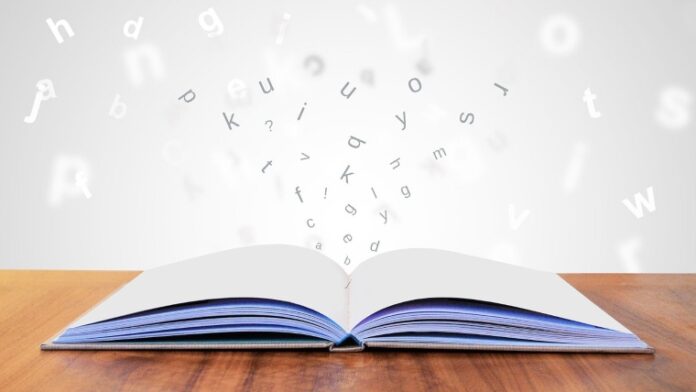The abolitionist and educator Frederick Douglass said, It is better to build strong children than to repair broken men.

I return to the theme of black boys and grade-level reading because it is dear to me. Again, while we have known for quite some time of the achievement gap in education for black students and their counterparts, the statistics regarding black boys and grade-level reading are ominously alarming.
Reading proficiency is ground zero in the effort to reduce the achievement gap between Black, White, and Latino students.
Reading is the new wellness for our Black boys.
First, what is grade-level reading? There are many technical definitions, but I like the rule of thumb cited by Scholastic.Com: grade-level reading reflects the grade level at which a student can read a book independently.
In an earlier article, I listed three reasons why our black boys are not reading in general and what we as a community can do about it.
Our black boys are not reading because they are not seeing reading modeled in most cases; they are too easily distracted, and the value of reading has not been connected to their future (which falls on us as parents and caregivers).
In this article I want to list three practical steps we can take to ensure, from an academic sense, that we help our boys get off to a good start this school year.
I am aware of the unprecedented challenges forced upon our scholars due to the Covid-19 pandemic – especially as it relates to the nuances imposed upon parents by remote learning. However, we must find a way forward despite the circumstances, remembering that our slave ancestors worked against odds much more debilitating than anything we have encountered in the modern era.
Three steps we can take NOW:
One, determine your scholar’s current reading level. Ask you scholar’s reading teacher what his or her current reading level is. This is your starting point, regardless of the level.
Two, evaluate your scholar’s reading testing scores (proficiency) from the previous academic school year. Proficiency is commonly measured by national or state standardized measures. Teachers evaluate a student’s reading proficiency based on state-mandated reading and comprehension testing. Get those numbers!
Three, find your scholar’s primary (dominant) learning style. This is something you can determine in consultation with your scholar or by just mere observation. There are generally four learning styles:
Visual (learn through seeing)
Auditory (learn through hearing)
Tactile (learn through touch)
Kinesthetic (learn through doing and moving)
Find out which style (or combination of styles) best fit your scholar.
Sometimes the best way to find out something about our kids is to ask them!
As parents and as a community, there is much that we can do to positively impact this crucial barometer of success for our black boys. The longer we wait, the less we do, the more serious the issue becomes, not only for our boys as a demographic, but for our community, as well. Even in this hyper-challenging time, we must act!
Reading is the new wellness for our Black boys.






